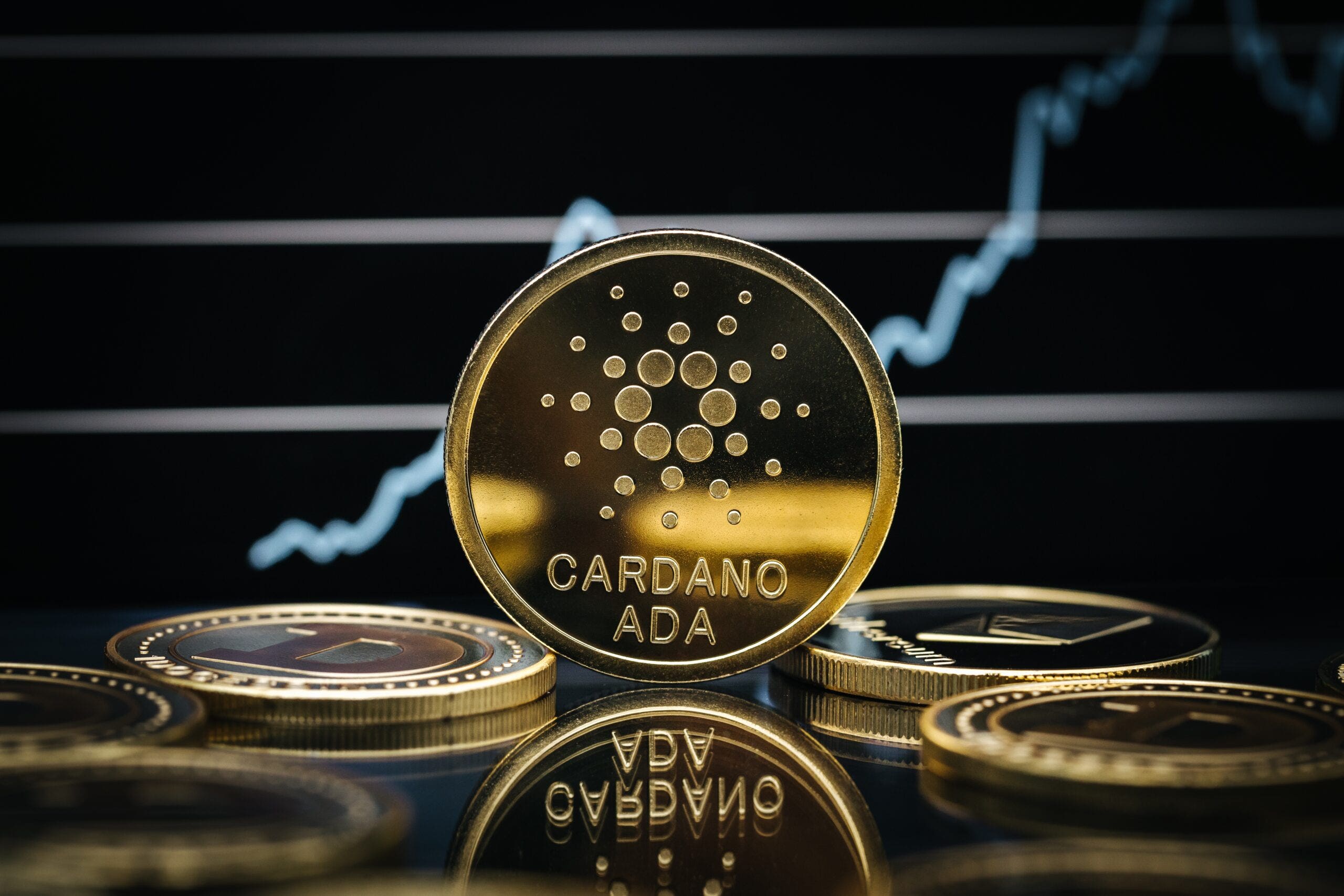Table of Contents
Show moreShow less
The value of Cardano (ADA) has been volatile recently, fluctuating from a low of £0.37 in January to a high of £0.61 in March, a notable difference from its peak of £2.07 in August 2021.
Exploring the various market influences such as supply, demand, sentiment, and competition can provide insights into the potential future changes in Cardano’s valuation.
Cryptocurrency prices, despite thorough analysis, remain unpredictable. Investors in crypto assets should be prepared for the possibility of losing their entire investment.
Forbes Advisor presents this information for educational purposes only and not as investment advice. It is recommended to seek professional financial guidance when considering investments in cryptocurrency or any other asset.
What Is Cardano?
Established in 2014, Cardano was designed as a more secure, scalable, and sustainable blockchain network. The native token ADA was introduced in 2017.
Cardano serves as a platform for smart contract development and decentralized application creation, boasting enhanced security and efficiency compared to its competitors.
While initially positioned to address the limitations of platforms like Ethereum, Cardano has encountered challenges in gaining significant adoption.
With the introduction of Layer 2 blockchain solutions on Ethereum, which have substantially reduced transaction costs and improved confirmation speeds, Cardano’s unique features are no longer a primary driver for adoption.
Cardano Price
As of the latest update, Cardano was trading at approximately £0.39. This reflects a 20% decrease from the previous week, a 30% decline from the previous month, but a 5% increase from the same period last year.
Potential Performance of Cardano in 2024
The future performance of Cardano hinges on four main factors: supply, demand, sentiment, and competition. Here is the current status of each:
Supply
With a circulating supply of 35,247,104,181 ADA, accounting for 78% of the total supply cap of 45 billion, Cardano still has a considerable supply buffer. There are no imminent constraints on the supply, and new ADA is issued every five days, with a decreasing issuance rate. It is projected to take over 100 years for the issuance to reach zero. While the supply rate diminishes over time, without a corresponding surge in demand, there is no immediate supply pressure to drive prices significantly higher.
Demand
Daily transaction volume serves as a gauge for asset demand, and Cardano’s current seven-day average stands at 57,000 transactions. This figure has remained relatively stable over the past few years, indicating a consistent demand level. Despite a recent decline in Google searches for Cardano since an earlier peak in March, overall interest has remained steady since 2022. Active Cardano addresses, currently over 30,000, have decreased compared to previous periods. These factors collectively suggest that there is no substantial demand pressure that would likely lead to price escalation.
Sentiment
Market sentiment plays a crucial role in asset valuation. While there have been pessimistic views on Cardano’s prospects, founder Charles Hoskinson remains optimistic about the ecosystem’s future. Despite his positive outlook and upcoming updates like Chang and Ouroboros Leios, the statement did not significantly impact Cardano’s price. The Crypto Fear & Greed Index indicates a market sentiment of “Extreme Greed,” suggesting a positive market outlook.
Competition
The industry is actively discussing Cardano’s long-term viability, with some proponents positioning it as a competitive alternative to Solana (SOL) due to similarities and superior network uptime performance.
Conclusion
Current indicators do not strongly suggest a bullish trend for Cardano’s future. However, there is also no imminent sign of a downturn. The overall positive market sentiment, driven in part by Bitcoin’s performance, may continue to support Cardano’s position in the market.

